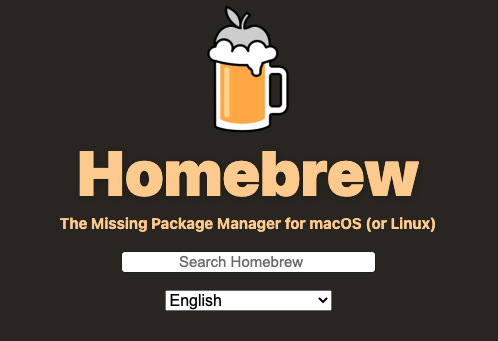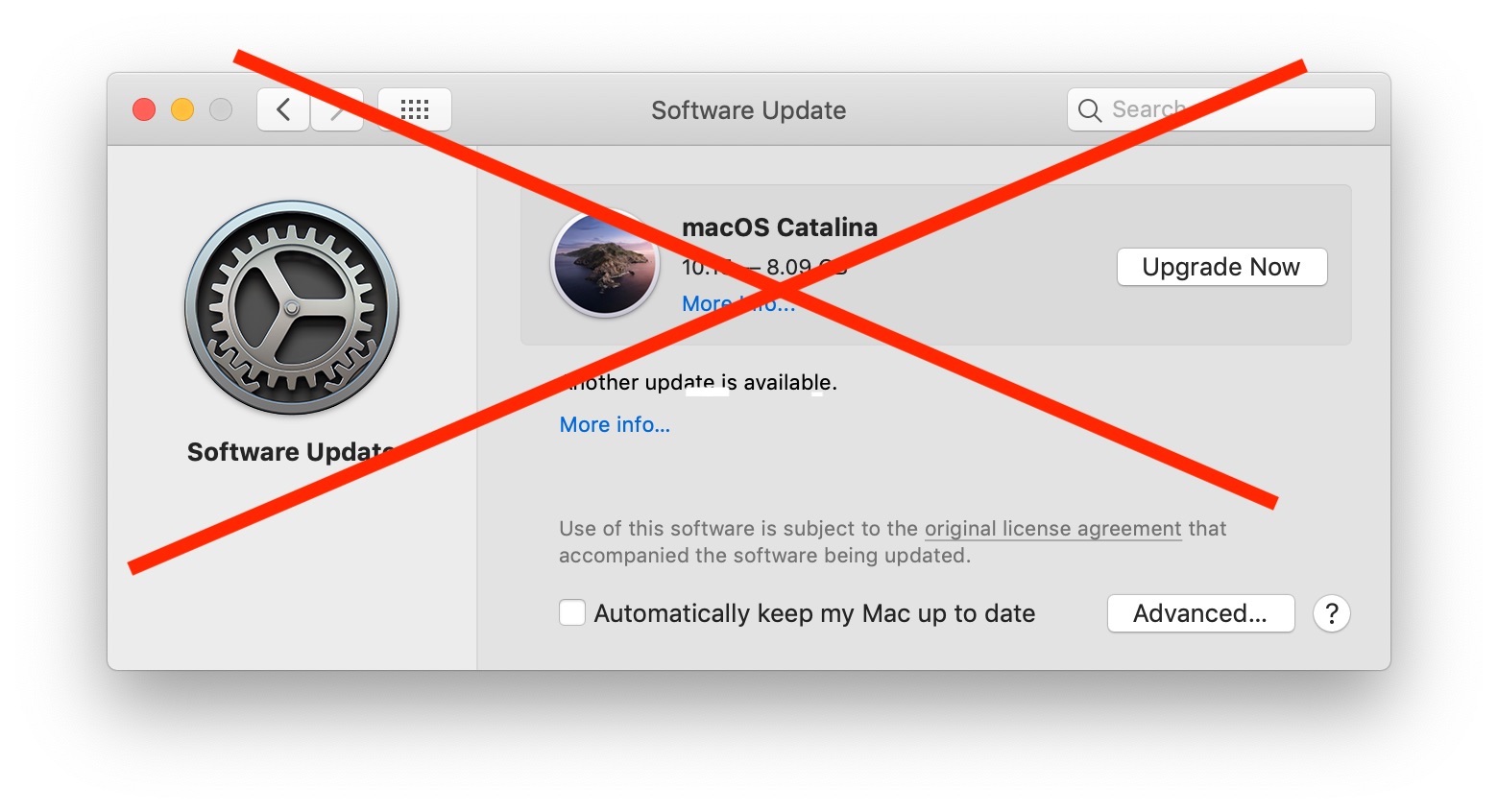A quick tutorial on how set up a simple macOS VM in QEMU, accelerated by KVM. Jump over the break to learn more…
Sudo apt-get install git qemu-system qemu-utils python3 python3-pip # for Ubuntu, Debian, Mint, and PopOS. Sudo pacman -S git qemu python python-pip python-wheel # for Arch. Sudo xbps-install -Su. There are many different ways to set up Git on Mac. If you prefer using a GUI, Git offers a simple installation using the installer for Mac. On the other hand, you can install Git using the terminal with a couple of simple commands. Option 1: Install Git on Mac with Installer.
WHAT IS KVM?

- Beginner's Setup Guide for Git & Github on Mac OS X. There is an updated version of this post for OS X 10.9. While the steps below should still work, I recommend checking out the new guide if you are running 10.9! There are already plenty of guides that explain the particular steps of getting Git and Github going on your mac in detail.
- In this tutorial we will learn to install Apache, MySQL, PHP on macOS Catalina 10.15. About macOS Catalina. Apple released macOS Catalina 10.15 on 7th October 2019 and it includes Apache and PHP. So, all we have to do is enable them. Then install MySQL and we are ready for development. So, lets get started.
- In this walkthrough I install lightgbm on the latest version of R on an older model macBook Pro with Macos Catalina 10.15.5 and I’m using homebrew. The world of boosted tree models is growing over the past 4 years, the first revolution was with ‘XGBoost’ (eXtreme Gradient Boosting) in 2016, followed by ‘lightGBM’ (or LGBM) from.
Kernel-based Virtual Machine (KVM) is a virtualization module in the Linux kernel that allows the kernel to function as a hypervisor.
KVM converts Linux into a type-1 (bare-metal) hypervisor and requires a processor with hardware virtualization extensions, such as Intel VT or AMD-V.
More info.
- ALSO READHOW TO: Dual Boot macOS and Linux
- ALSO READHOW TO: Install macOS Catalina in a Docker Container on Linux
- ALSO READHOW TO: Install macOS Big Sur With OpenCore on Linux
DEPENDENCIES
- Qemu 3.1 or later
- python3
- pip
- KVM modules enabled
- A Mac computer is NOT required
INSTALL
1. Install dependencies. You might also want to install git (not shown in the screenshot ). Depending on your distro:
- For Ubuntu, Debian, Mint, and PopOS:
sudo apt-get install qemu-system qemu-utils python3 python3-pip - For Arch and Arch based distros:
sudo pacman -S qemu python python-pip - For Void:
sudo xbps-install -Su qemu python3 python3-pip - For openSUSE Tumbleweed:
sudo zypper in qemu-tools qemu-kvm qemu-x86 qemu-audio-pa python3-pip - For Fedora:
sudo dnf install qemu qemu-img python3 python3-pip

2. Clone this git https://github.com/foxlet/macOS-Simple-KVM.git and cd to path.
3. Run jumpstart.sh to download installation media for macOS (internet connection required). The default installation uses macOS Catalina, but you can choose which version to get by adding either --high-sierra, --mojave, or --catalina. For example: ./jumpstart.sh --mojave
4. Create an empty hard disk using qemu-img, changing the name and size to preference: qemu-img create -f qcow2 MyDisk.qcow2 64G
NOTE: Change “MyDisk” to your preffered disk name. Change “64G” to your prefered disk size ( min. 20G )
5. Edit basic.sh with sudo nano basic.sh and add this at the end:
-drive id=SystemDisk,if=none,file=MyDisk.qcow2
-device ide-hd,bus=sata.4,drive=SystemDisk
Save the changes and exit.
NOTE: change “MyDisk” to your disk name set in previous step.
6. Run ./basic.sh
7. Boot into macOS Catalina Installer
8. Go to “Disk Utility” and format your disk
9. Once your disk is ready, you can install macOS Catalina. From now on, it’s your typical macOS install. No extra steps required.
10. You’re done! To fine-tune the system and improve performance, look in the docs folder for more information on adding memory, setting up bridged networking, adding passthrough hardware (for GPUs), tweaking screen resolution, and enabling sound features. For further support, check out the official github page.
Setting Up A Database
We're going to install sqlite3 from homebrew because we can't use the built-in version with macOS Sierra without running into some troubles.
Rails ships with sqlite3 as the default database. Chances are you won't want to use it because it's stored as a simple file on disk. You'll probably want something more robust like MySQL or PostgreSQL.
There is a lot of documentation on both, so you can just pick one that seems like you'll be more comfortable with.
Install Git On Catalina
If you're new to Ruby on Rails or databases in general, I strongly recommend setting up PostgreSQL.
If you're coming from PHP, you may already be familiar with MySQL.
MySQL
You can install MySQL server and client from Homebrew:
Install Git Osx Catalina
Once this command is finished, it gives you a couple commands to run. Follow the instructions and run them:
By default the mysql user is root with no password.
When you're finished, you can skip to the Final Steps.
PostgreSQL
You can install PostgreSQL server and client from Homebrew:
Once this command is finished, it gives you a couple commands to run. Follow the instructions and run them:
By default the postgresql user is your current OS X username with no password. For example, my OS X user is named chris so I can login to postgresql with that username.